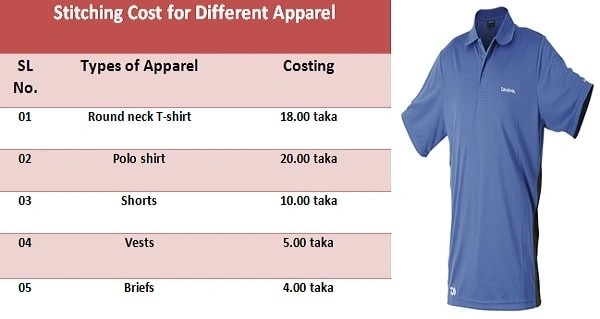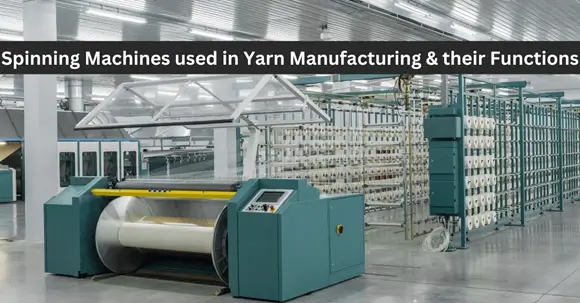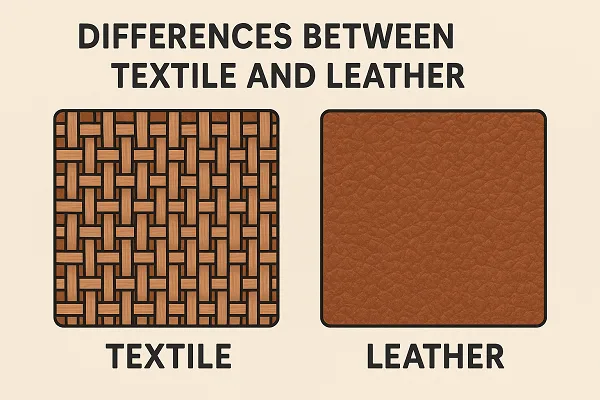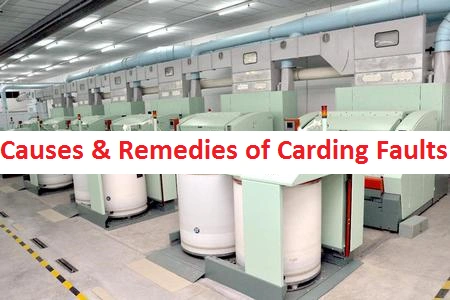Types of Cost or Costing in Textile and Apparel Business
Types of Cost or Costing in Textile and Apparel Business
Cost, Costing, and Price Concepts
Cots are defined as expenditures incurred to manufacture a product or to carry out a process or to render a service. Modern business enterprises are vibrant in nature and have to function in an atmosphere of high competition and risk. In another article, I have presented 7 key principles of apparel costing but here presented the main classification of cost or costing process. In this article, we are discussing Types of Cost or Costing in Textile and Apparel Business.
Classification of Cost in Export Import Business:
There are thirteen types of costs which are presented out in below:
- Fixed cost,
- Replacement cost,
- Imputed cost,
- Variable cost,
- Semi-variable cost,
- Research cost,
- Step cost,
- Conversion cost,
- Development cost,
- Shutdown cost,
- Policy cost,
- Sunk cost,
- Differential cost.

Costing Types in the Textile and Apparel Sector
All the above types of cost in textile are explained in the following:
1. Fixed cost:
It is that type of cost that remains constant and does not vary within a period of time and ranges of activity in spite of fluctuation in textile and apparel production is termed as fixed cost. Fixed costs are rent, insurance charge, staff salary, etc. it is also considered as period costs.
2. Replacement cost:
The cost that can be replaced by the management as a replacement of the existing costs is known as replacement cost. Replacement costs are textile and apparel machinery replacement over a certain period of time. It may be 10 years.
3. Imputed cost:
It is that type of cost which does not involve in any cash outlay is known as imputed cost. It is not included in cost accounts but is important for taking into consideration while management decisions. Imputed costs are interest on internally generated funds, the salary of the proprietor, etc.
4. Variable cost:
The cost which varies directly in proportion to every increase or decrease in the volume of output or textile and apparel production is known as variable cost. Variable costs are labor wages, labor costs, power, etc.
5. Semi-variable cost:
It does not vary proportionally but simultaneously cannot remain stationary at all times is known as semi-variable cost. These are telephone charges, service and repairs, etc.
6. Research cost:
Research costs incurred for searching for new or improved products such as new applications of products or materials or improved methods. Examples of these costs are courier charges, sample charges, etc.
7. Step cost:
Step cost which remains fixed over a range of activity and then jumps to a new level as activity changes. Step costs are the rental cost of delivery vehicles.
8. Conversion cost:
The cost of transforming direct material into a finished product exclusive of direct material cost is known as conversion cost. It is normally taken as the aggregate of the cost of direct labor, direct expense, and factory overhead. Converting yarn into fabric and garment is the perfect example of this type of cost.
9. Development cost:
The cost of the methods or process begins with the implementation of the decision to produce a new or improved product or to employ a new or improved method and ends with the commencement of formal production of that product or by that method. Examples of development costs are sampling charges, product development costs, etc.
10. Shutdown cost:
A manufacturer rendering service may have to suspend its operation for a period of time on account of some temporary difficulties like raw material shortage, labor shortage, strikes etc. though no work is done during this period but certain fixed costs such as rent, salary, insurance etc. have to be incurred.
11. Policy cost:
The cost of formulating the policy, directing the organization, and controlling the operation of an undertaking that is not directly related to apparel or textile production, sale, and distribution activity. Examples of this type of cost are special training for the employees, ISO 9000 implementation, etc.
12. Sunk cost:
Suck cost which has been created by a decision that was made in the past and cannot be changed by any decision that will be made in the future. It is also known as past cost. Examples of sunk costs are investment in building, plant, textile and garments machinery, etc.
13. Differential cost:
The difference in total cost between two alternative choices is known as differential cost. it’s also known as an “incremental cost” or “marginal cost” in some contexts.



